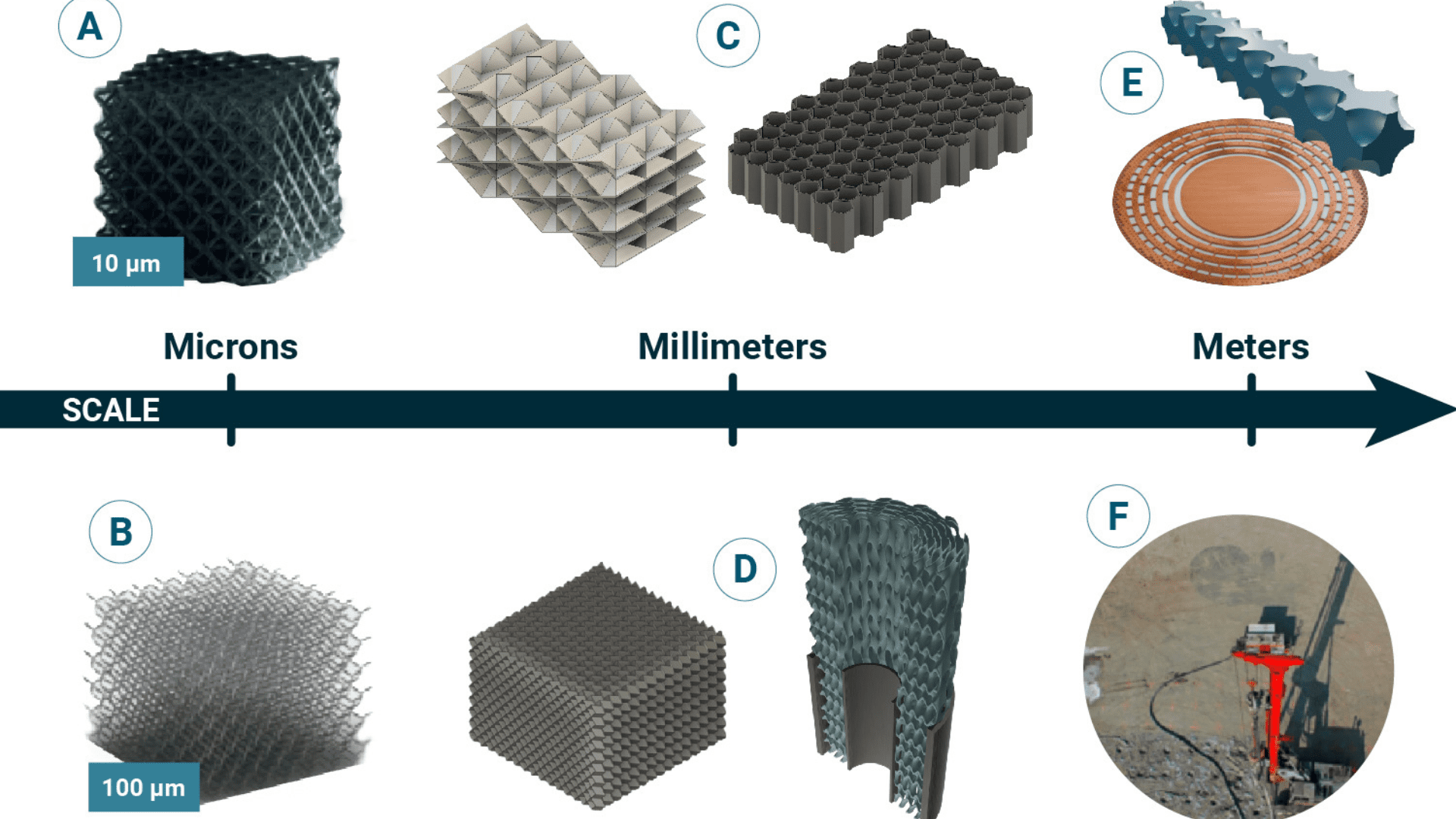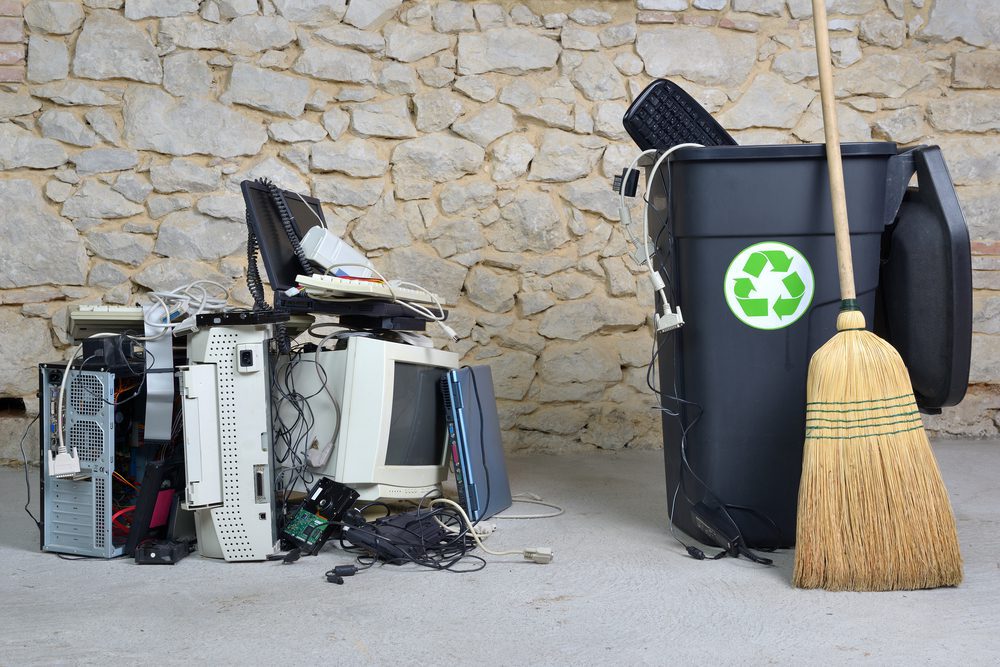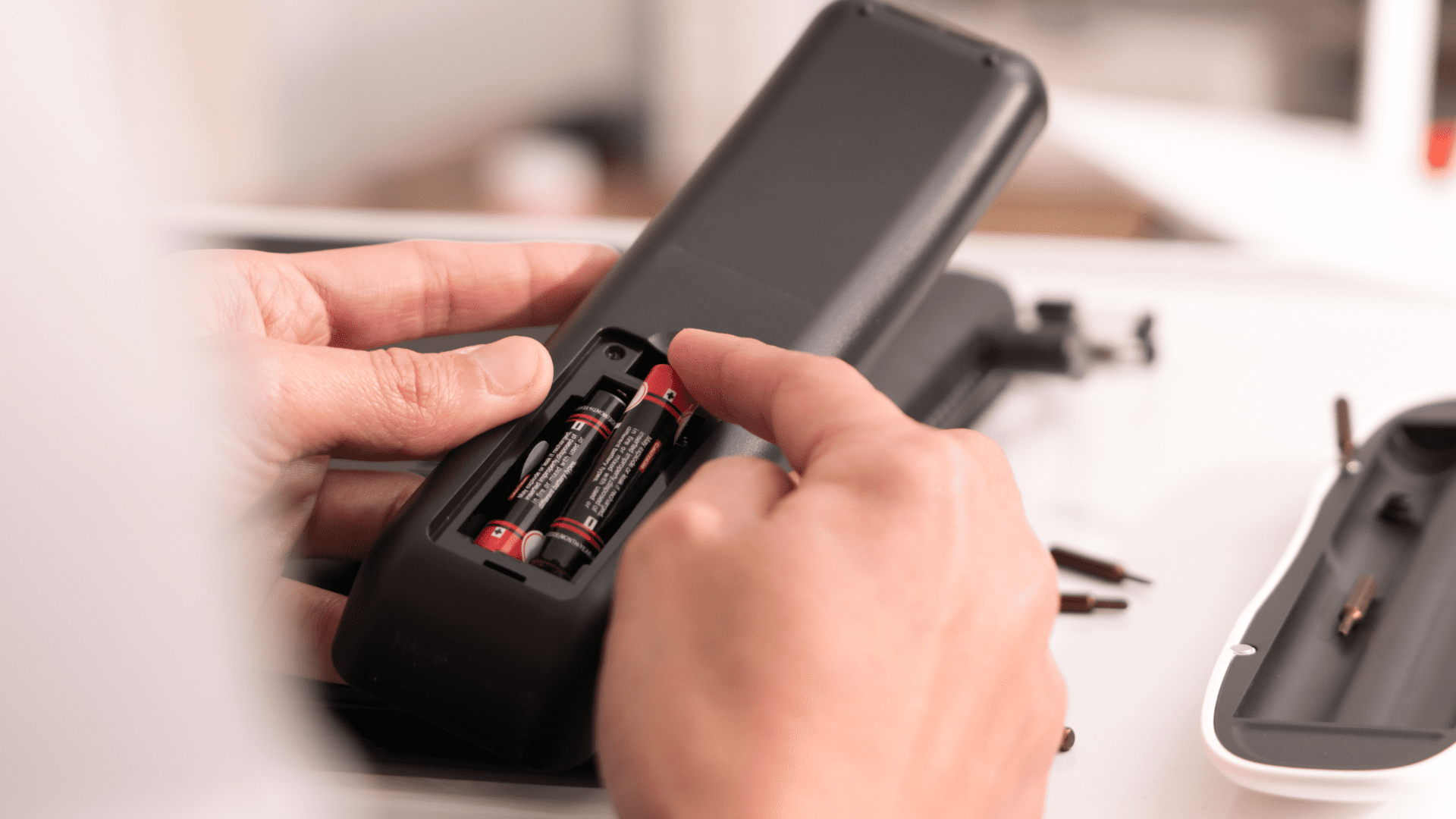Scientists at ETH Zurich are trying a new way to power mechanical sensors to lower the amount of electronic waste. Instead of batteries, the ETH Zurich scientists are using sound waves to power the sensors.
Mechanical Sensors
Mechanical sensors are used in a lot of different ways. There are sensors for detecting earthquakes and in the medical field sensors could help improve hearing. Currently, tiny batteries are used for mechanical sensors. Sometimes, depending on how much power is used, the batteries need to be changed daily.
There is already an issue with e-waste and disposable batteries only add to that. According to the European Union, 78 million disposable batteries will be added to the e-waste pile by 2025. Therefore, finding alternative sources of energy is crucial. ETH scientists believe sound waves are an alternative to consider.
Powered By Sound

The sensors use vibrations from sound waves to create energy. Energy from the sound waves causes the sensor to vibrate and the vibrations create electrical energy that powers the devices. A prototype demonstrates how certain words create enough vibrations to create energy. For example, the word “four” creates tiny electrical pulses. However, when they say the word “three” it doesn’t generate the same electrical pulses.
Newer variants can pick up twelve different words. Words like on, off, up, and down generate similar electrical pulses. Of course, it’s not just words that power the sensors. When we talk about using sensors to detect earthquakes, sound frequency is important. For example, one sensor could be set up in a building to detect a certain frequency of a crack in the structure. When it detects the frequency of the crack, it sounds an alarm. The new sensors are also being used in decommissioned oil wells. A gas leak lets out a specific hissing sound and the sensors detect that frequency and let out an alarm.
When sensors use sound wave technology, they are classified as “metamaterials.”
Explore Tomorrow's World from your inbox
Get the latest innovations shaping tomorrow’s world delivered to your inbox!
I understand that by providing my email address, I agree to receive emails from Tomorrow's World Today. I understand that I may opt out of receiving such communications at any time.
Metamaterials

The structure of metamaterials gives them special properties, not the properties of the components. Marc Serra-Garcia worked with ETH when the work was done on the technology. He said, “Our sensor consists purely of silicone and contains neither toxic heavy metals nor any rare earths, as conventional electronic sensors do.”
Because metamaterials do not continuously consume electricity, it makes deploying them easy. This results in lower maintenance costs. Unfortunately, the sensors are still in the works but Serra-Garcia said there is a demand for zero-energy sensors. He hopes to develop a prototype by 2025.






